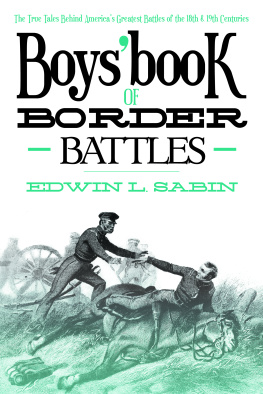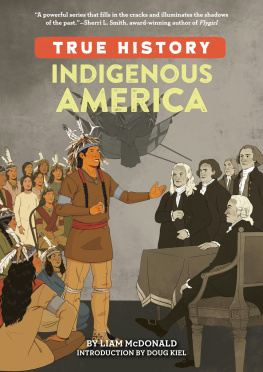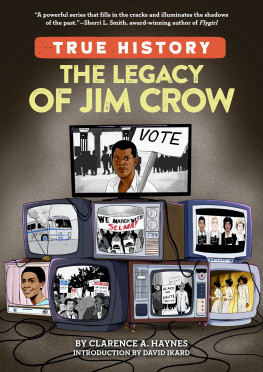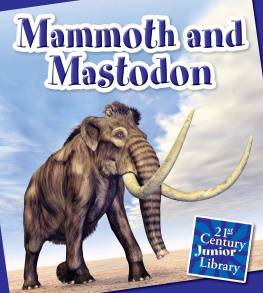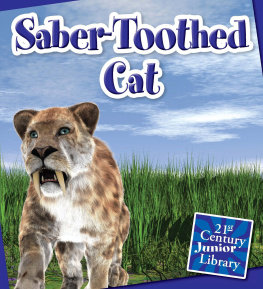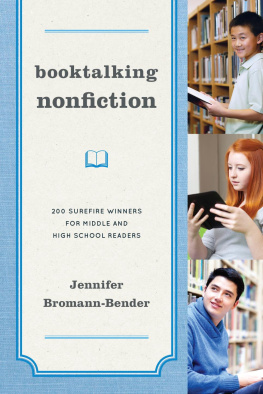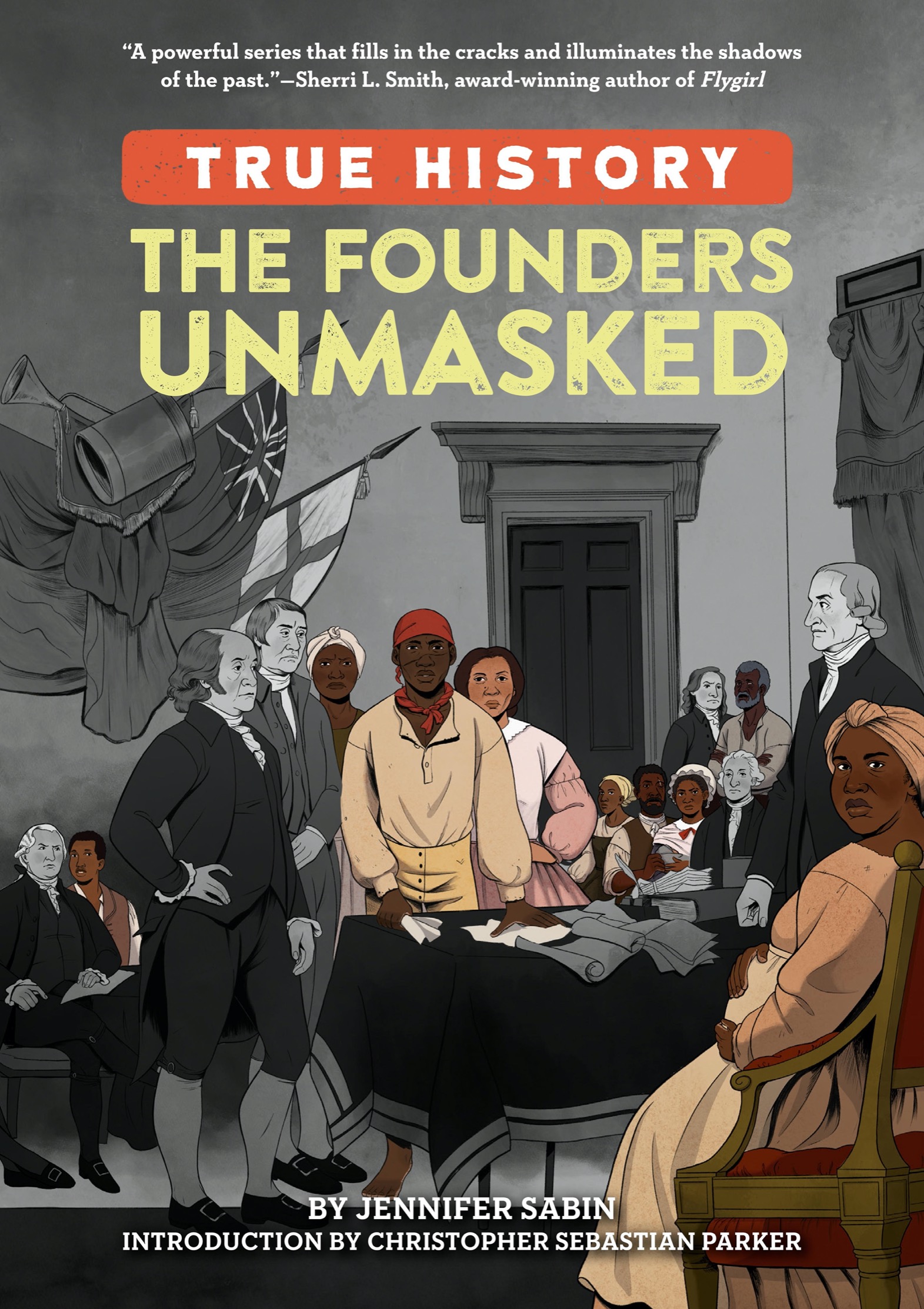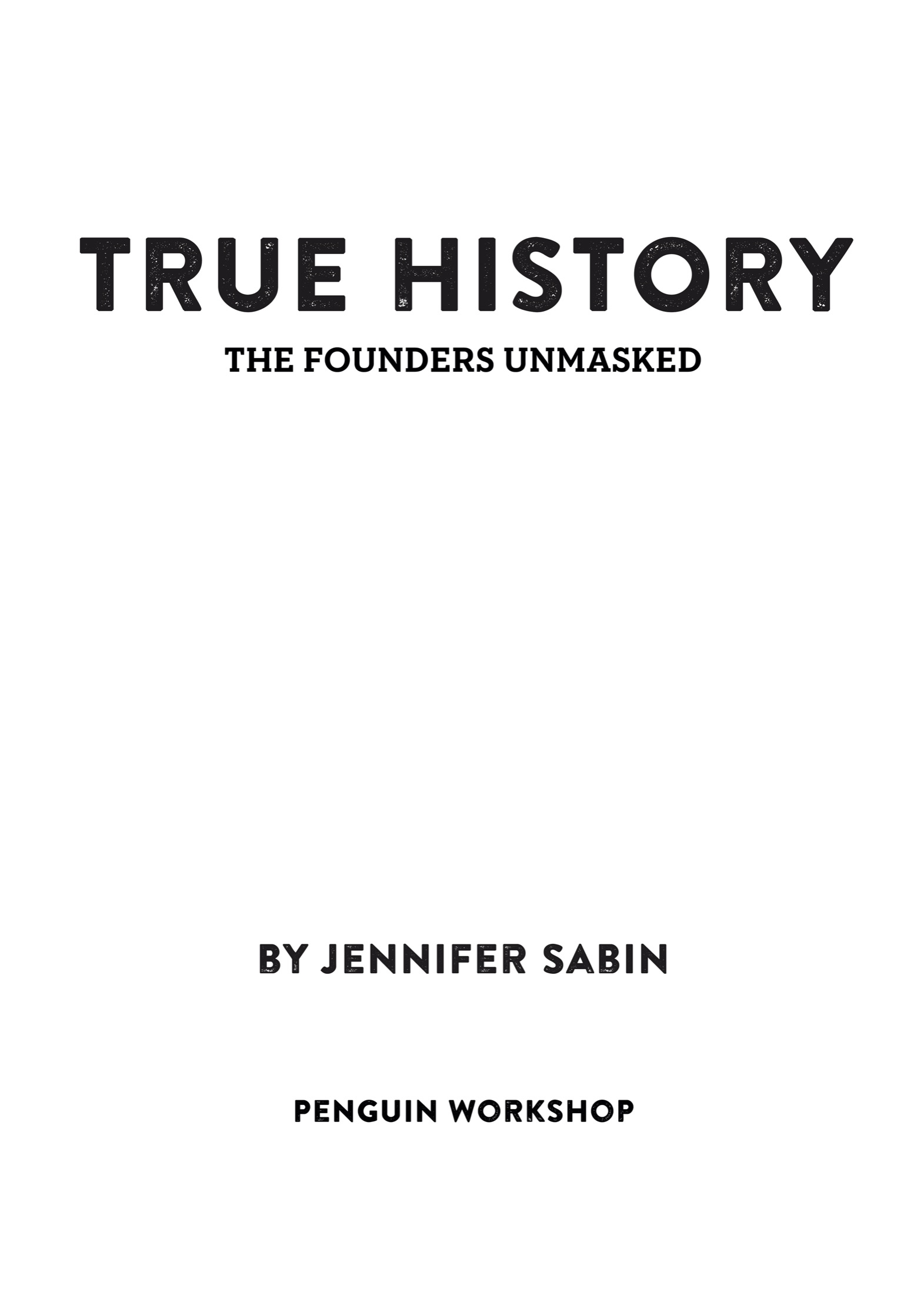
PENGUIN WORKSHOP
An imprint of Penguin Random House LLC, New York

First published in the United States of America by Penguin Workshop,
an imprint of Penguin Random House LLC, New York, 2022
Text copyright 2022 by Jennifer Sabin
Cover illustration copyright 2022 by Steffi Walthall
Photo insert credits: The Founders: (Washington, Adams) Library of Congress Prints and Photographs Division, (Jefferson) Photos.com/Getty Images, (Franklin) GeorgiosArt/iStock/Getty Images, (Hamilton) traveler116/DigitalVision Vectors/Getty Images, (Madison) mashuk/DigitalVision Vectors/Getty Images, (Jay) GeorgiosArt/iStock/Getty Images; Portraits of Presidents (118): (Harrison, Johnson) wynnter/iStock/Getty Images, (Lincoln) ivan-96/DigitalVision Vectors/Getty Images, (Grant) traveler1116/DigitalVision Vectors/Getty Images, (all other portraits) Library of Congress Prints and Photographs Division; The Constitution of the United States: Pgiam/E+/Getty Images; Drafting of the Declaration of Independence: (top) traveler116/DigitalVision Vectors/Getty Images, (bottom) ivan-96/DigitalVision Vectors/Getty Images; Monticello, Virginia, Home of Thomas Jefferson: Phil Cardamone/iStock/Getty Images; Duel Between Aaron Burr and Alexander Hamilton: duncan1890/DigitalVision Vectors/Getty Images; A Portrait of Frederick Douglass: Keith Lance/DigitalVision Vectors/Getty Images
Penguin supports copyright. Copyright fuels creativity, encourages diverse voices, promotes free speech, and creates a vibrant culture. Thank you for buying an authorized edition of this book and for complying with copyright laws by not reproducing, scanning, or distributing any part of it in any form without permission. You are supporting writers and allowing Penguin to continue to publish books for every reader.
PENGUIN is a registered trademark and PENGUIN WORKSHOP is a trademark of Penguin Books Ltd, and the W colophon is a registered trademark of Penguin Random House LLC.
Visit us online at penguinrandomhouse.com.
Library of Congress Cataloging-in-Publication Data is available.
Ebook ISBN 9780593386118
The publisher does not have any control over and does not assume any responsibility for author or third-party websites or their content.
pid_prh_6.0_139152507_c0_r0
CONTENTS
FOREWORD
A NOTE FROM JENNIFER SABIN, THE CREATOR OF TRUE HISTORY
As a radio and television news writer and editor for seventeen years, I was used to a certain pace of work. Broadcast newsrooms are like hospitals: The day can hum along quietly, efficientlyuntil out of nowhere, a bomb goes off, a plane crashes, or a fire wreaks havoc on a community, and suddenly, youre moving at one hundred miles per hour. The difference, of course, is that reporting the news isnt usually a matter of life or death (unless youre reporting from a war zone).
There is an addictive quality to journalismwaiting or searching for the next story; wondering when the adrenaline rush will come, kicking the newsroom into high gear. In broadcasting, those stories can come fast and furiously, and there isnt always an opportunity to delve into a subject. Thirty seconds might be all you have to report on the deadly tornado that ripped through a small town.
Writing about history forces you to move in the other direction, combing through the lives of the newsmakers of the past and the work of the historians who have tried to make sense of it all. Its a slower pace that requires patience. The mountain of material can be dauntingenormous biographies, detailed historical accounts, online essays, and the letters and financial accounts of an important figure. Its another kind of rush: the joy of uncovering some gem that makes the hours of research worth the trouble, connecting the dots in lives lived hundreds of years ago.
This series doesnt pretend to read all that material or tell every story, each biography in fullnot even close. Ive approached this series as a journalist, in an effort to locate and piece together some of what we miss when were told the story of the United States of America. My goal is to point out some of the half-truths and lies we are taught as children and to present history through a more critical lens, in the narratives that are often just a footnote to the text or left out entirely, through the voices that arent always heard when US students open their history books.
Some Americans prefer to leave those stories out of the text for good, believing that they diminish the United States and teach children to hate their country.
On the contrary, Americans can understand difficult truths about their country and still love it dearly. In the words of the great author James Baldwin, I love America more than any other country in the world, and, exactly for this reason, I insist on the right to criticize her perpetually.
Who does it serve if we are taught myths rather than facts, if we only hear from the perspective of the oppressors and not the oppressed? If we are only told the part of the story that glorifies the nations founding and deifies the men who led the way?
The story changes and grows, becomes fuller and more nuanced, when different voices participate. It matters who tells the story, when they tell it, and how they choose to present the facts. Textbooks often present a version of history that is sanitized for young audiences, presented to promote patriotism and American exceptionalism: The idea that the United States, as the greatest country on earth, is a force for good in the world with a unique mission to spread freedom and democracy. In that telling, stories that paint the country in a negative light are often struck from the record.
The True History series seeks to help rectify those shortcomings one subject at a time, through interviews and documentation, perspective, and context.
How does the history of Jim Crow in the United States provide context to the Black Lives Matter movement and the systemic racism that still infects our country? Does the story of the United States first leaders reach different conclusions when women write about the Founders? (Sometimes, yes.) What happens when an Indigenous person looks back to reflect on how the history of his people in the Americas affects Native American life today? And how does the story of immigration in the United States change when we look at it from new perspectives?
With the True History series, were looking back, but were also looking inward at the United States successes and systemic problems and how the past has delivered the country to the present. Were also looking ahead to how we might take the lessons of history and reorient ourselves in the present to find new ways forward.
We have not shied away from complex language, and I have defined words and explained ideas that can be difficult to understand. And when there is subject matter that some readers will find particularly disturbing, I have given you a just a heads-up.
The Founders Unmasked sets out not to rewrite history but to collect some of the existing facts and growing body of evidence that paint a more honest picture than US kids are usually taught about the men we call Founding Fathers. The purpose is not to tell you how to think about these men but to give you information and tools to ask tough questions and come to your own conclusions. Im not interested in labeling the Founders heroes or villains. I might knock them off their pedestals at times, but Im not advocating for their statues to be pulled down or their names to be peeled off the facades of public buildings: Its up to individual communities to decide who stays, who goes.



